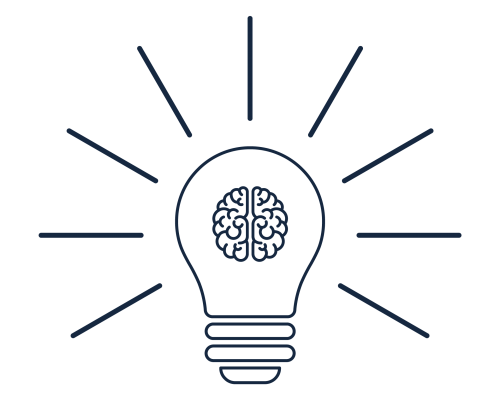Your PPC campaigns could be missing vital information that could make them more efficient, leading to more clicks and conversions. Many businesses, particularly those with longer sales funnels, strictly focus on macro conversions. Doing this can result in a huge missed opportunity as tracking micro conversions can give your business a better understanding of your customer base, their actions that lead to a conversion and any smaller signals of intent. By using this information, you can analyse customer behaviour that leads to key conversions and make your business significantly stronger across your entire site.
Salience operates a profitability-first model centred on driving POAS> ROAS. Read about it here.
What are micro conversions?
You may have been running your business for years and have no idea what a micro conversion is. After all, in digital marketing, the focus tends to be on macro conversions. These are the big wins: a completed purchase, a submitted lead form, or a direct phone call. By contrast, a micro conversion is a smaller, secondary user action, indicating that a customer may be interested in purchasing. When examining the online customer journey, micro conversions are vital.
They are effectively breadcrumbs that users leave as part of their customer journey before purchasing. These actions could include signing up for a newsletter, adding an item to a shopping cart, watching a product video, or downloading a PDF guide. Each one signifies a level of user engagement and can provide crucial insight into users’ genuine interest. Take buying a car, for example. Users could look at hundreds of vehicles, but studying how often customers click on your site or look at particular makes or models could help inform your digital marketing strategy, eventually leading to a conversion.
How do you make the most of micro conversions?
You can add key micro conversions as primary conversion actions within your PPC campaigns to impact performance. This gives your campaign a richer data set that can be fed directly into your automated bid strategies. When a bid strategy only has macro conversions, it only has information related to the small percentage of users who completed a final action, such as a purchase. In digital marketing terms, it’s like only looking at the tip of an iceberg because there will be so much micro conversion data that simply isn’t being considered.
You’re giving the algorithm more signals to learn from by including high-intent micro conversions. This provides the algorithm with a better understanding of the user’s characteristics much earlier in the conversion funnel. This can lead the system to make smarter decisions on when to upweight bids for users who exhibit promising behaviour, leading to more efficient campaign optimisation. Think of it like this: the more your algorithm knows about your customer base, the more it can adjust to cater to their needs, leading to a more effective campaign.
Why is micro conversion data important?
Modern bid strategies use sophisticated AI to optimise for conversions at the moment of the auction, a process often called auction-time bidding. The algorithm makes thousands of real-time decisions based on hundreds of signals. These signals can be many things, from someone clicking on an ad to a user adding a product to a shopping basket or watching a product video.
Simply put, feeding micro conversion data to the algorithm makes it more intelligent. Without this data, you would only get the broad strokes of the customer journey—the difference between navigating with a basic map and real-time traffic data. The algorithm can review previous user actions to see who is most likely to purchase in the future. This ensures that your PPC budget is allocated efficiently, as it targets users with the highest potential to buy, improving your overall conversion rates. Micros conversions won’t feed into learning unless set as primary conversions.
When should micro conversions be added as primary conversion actions?
We’re not saying that micro conversion data should be applied to all your PPC campaigns. It requires a strategic approach. Micro conversions are more effective when used as primary metrics for higher-funnel campaigns. Think generic search, Dynamic Search Ads, or Demand Gen campaigns. These campaigns are vital for attracting new users, but often have low conversion rates because users may not have purchasing intent when searching relevant terms. Using macro conversion data alone for these campaigns would cut out a huge amount of valuable data that could inform your bidding strategies.
Consider a high-value purchase, like booking a family holiday. A user is unlikely to convert on their first click. They may want more information to determine the best country to visit, compare and contrast different types of holidays, and examine different prices to see the best trip they can get within their budget. This journey of discovery can include many micro conversions: watching a resort video, downloading a brochure, signing up for deals or a newsletter, etc. Each of these conversion points is a strong signal of intent. By setting these primary goals on your top-of-funnel campaigns, you teach the algorithm how to find more people who could start their purchasing journey.
Contact us to see how we can improve your PPC strategy.
Struggling to understand why more users are not going further down the conversion funnel? Do you want more insight into your industry and what digital marketing techniques could work for you? Our PPC services are full of experienced, reliable people who can offer insight to improve your strategy, leading to more clicks and conversions on your website. Contact us to learn more.
